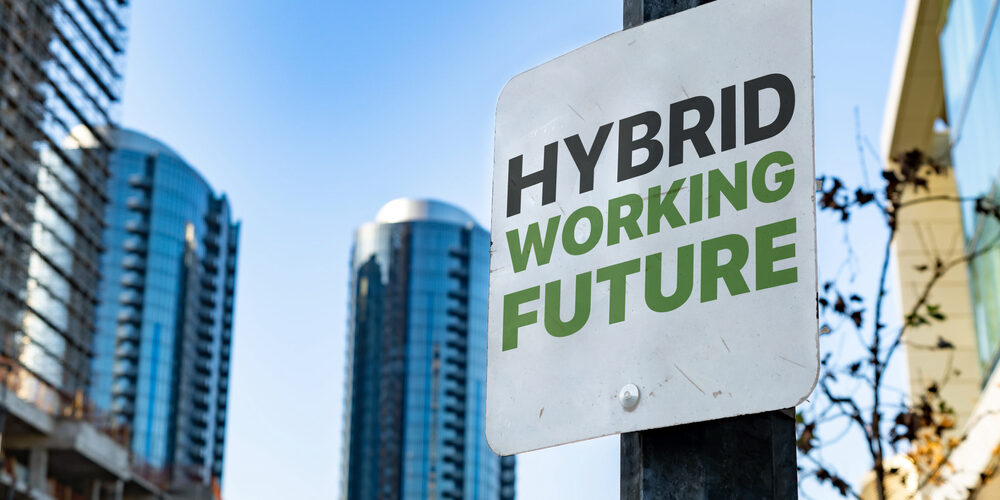Short-term and coworking office workspaces that provide professional services to entrepreneurs and small businesses have now gained the attention of larger companies during the Covid-19 pandemic, as many have had to adopt new methods of doing business to stay viable. The corporate world is studying the benefits and drawbacks of maintaining centralized office space. Some are already using temporary office spaces like My Annapolis Office to downsize and save overhead costs while becoming more visible online by increasing their use of technology.
Employee Outlooks
Since the pandemic, employees worldwide are now split on how they perceive the workplace. Many are uncomfortable with returning to a more populated environment and find they work more efficiently in a home office, appreciating the lack of daily commute and extra family time. There is still a healthy percentage of workers who prefer a corporate environment or an office separate from their non-work lives. While cautious of returning to a large space shared by many, they miss the personal connection to colleagues. A hybrid solution is found in coworking or shared office spaces that maintain pandemic restrictions while offering safe connectivity to others.
Finding New Purpose for the Centralized Office
In the ongoing debate about adopting a permanent hybrid business model, companies recognize the benefits and drawbacks. Collaboration among coworkers may be compromised by lacking face-to-face contact and interaction. The advantages of training new employees are difficult to simulate in a virtual context. A centralized office can provide the roots to any company, the go-to location to nurture talent and maintain the corporate culture. Pandemic restrictions require fewer employees in the same area, which is the crux for some, generating high overheads for less staff.
Hybrid Model Benefits
During and beyond the pandemic, centralized locations will need to be a destination with a purpose. The benefits emerging from a hybrid model workspace are undeniable and include, among them, reduced overhead, happier, more productive employees, and advanced technology connectivity and options. In addition, some businesses are adopting the concept of divide and conquer by splitting into several smaller locations that provide increased accessibility within other communities.
How Serviced Office Spaces are Filling the Gap
The upward trending of short-term, coworking, and virtual offices provide an outlet for businesses of all sizes to continue thriving and stay current in today’s tricky markets. They excel at supplying operational office and meeting spaces, professional staff services, and technological amenities at a much lower cost to business owners. Serviced offices appeal to a broad range of employees and owners and bridge the gap between the home office, corporate traveler, and central office.
How do you decide if a hybrid model is right for your business? Companies have already been adopting new measures over the past few years to cope with changes in the global and local marketplace brought about by Covid-19. While it may be too early to decide the future sustainability of the centralized office, more companies are considering a hybrid business model that will work for them now and into the future.











